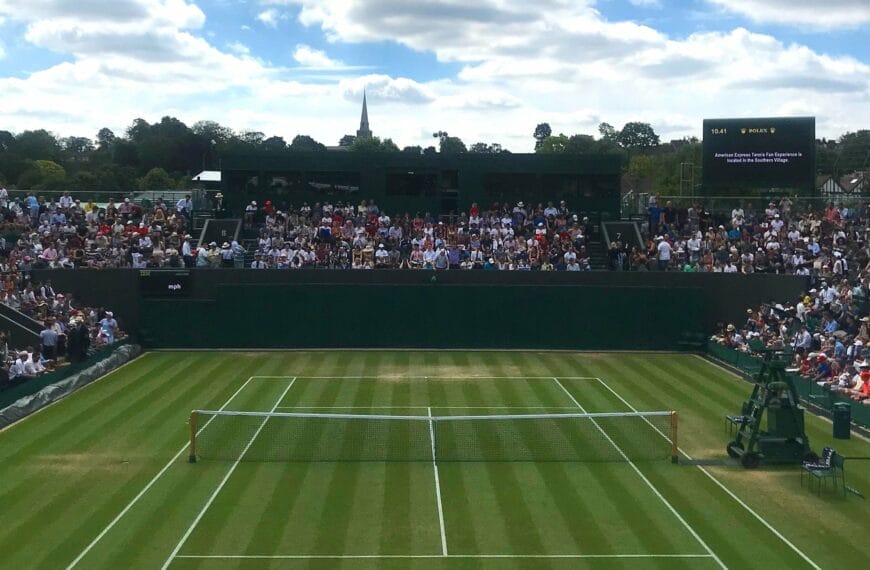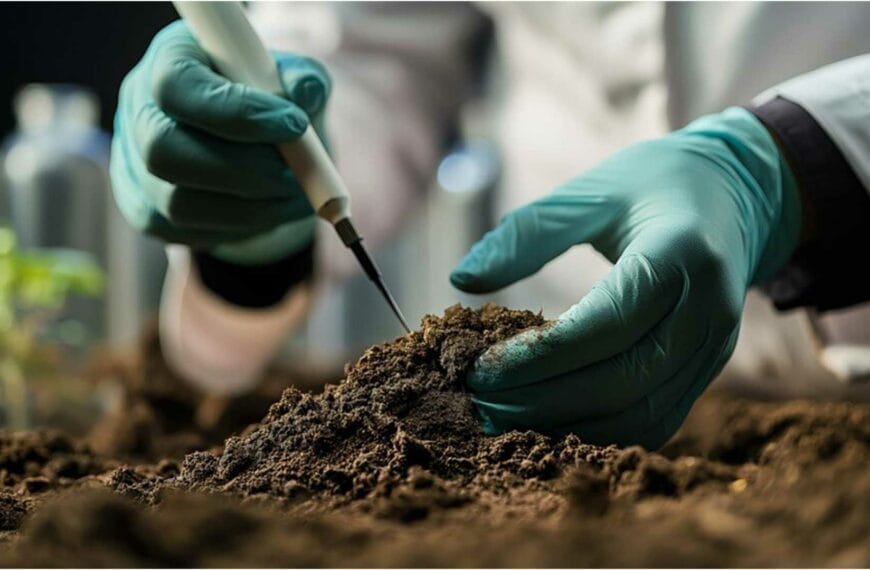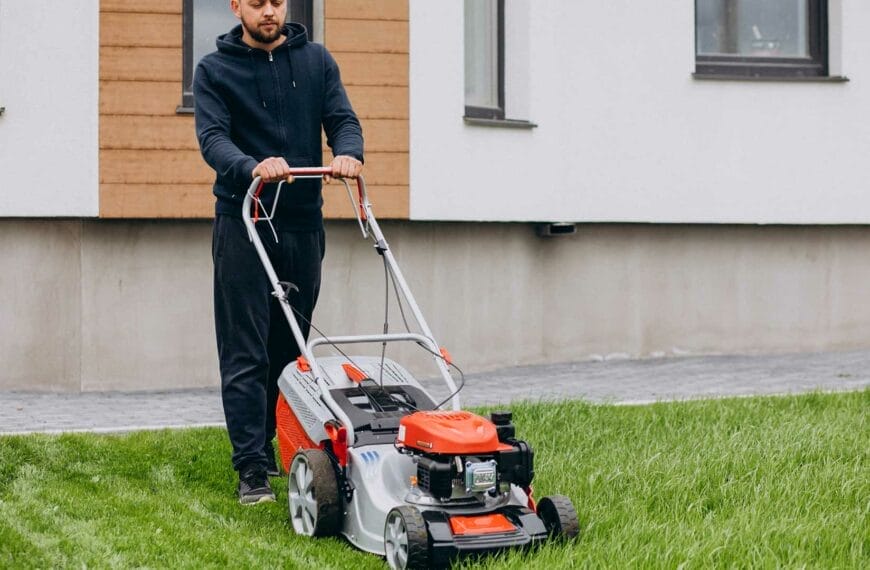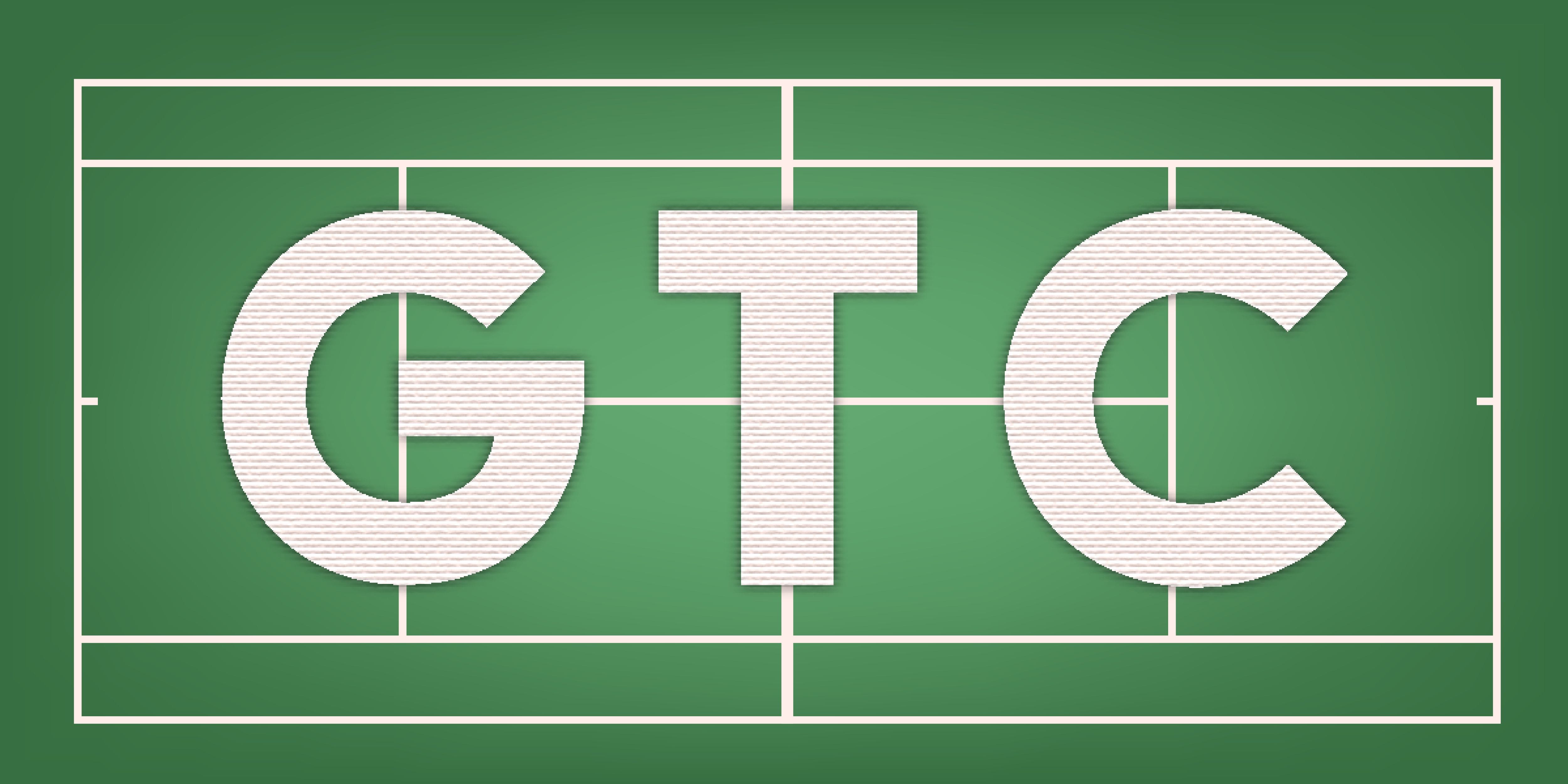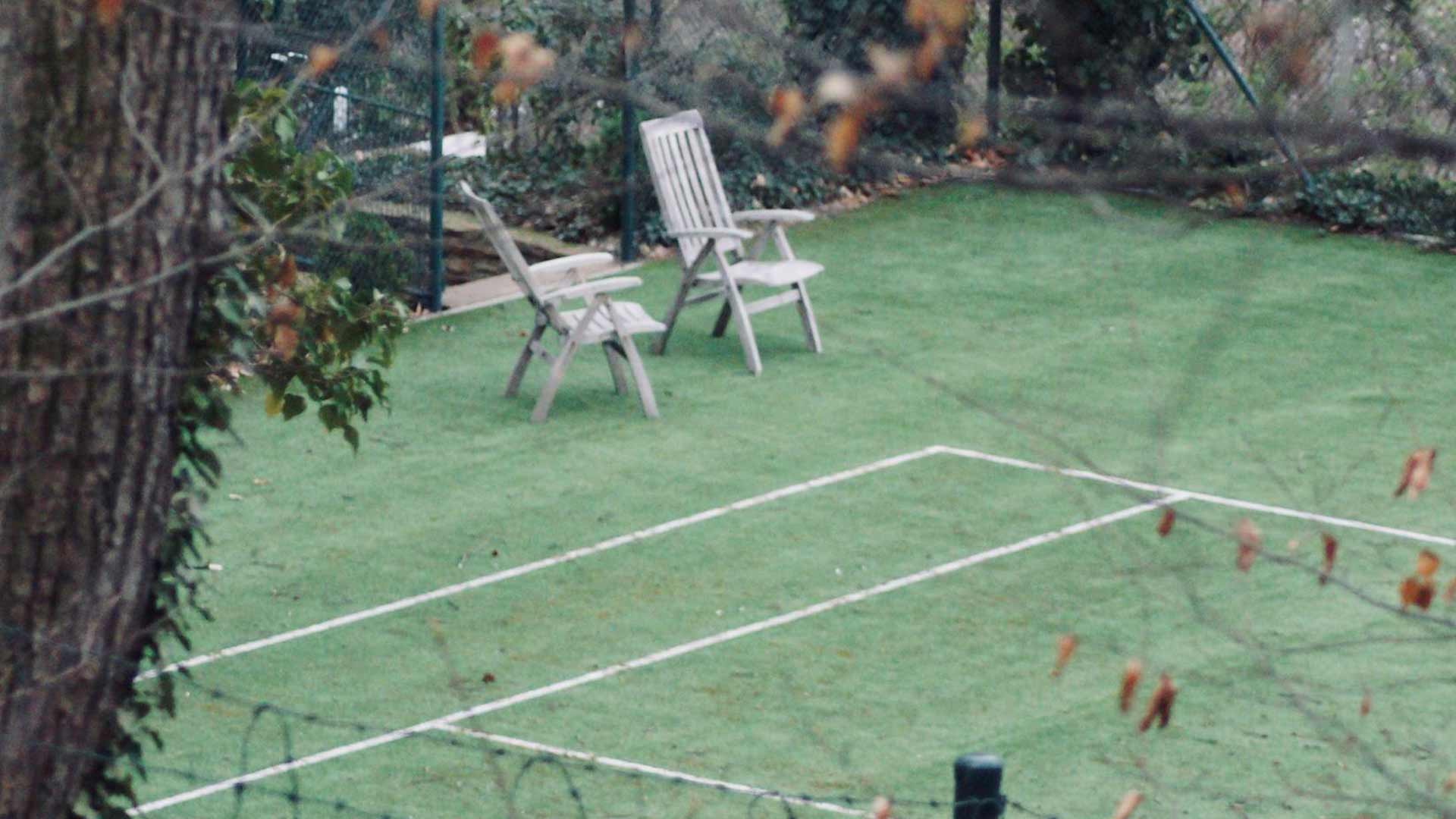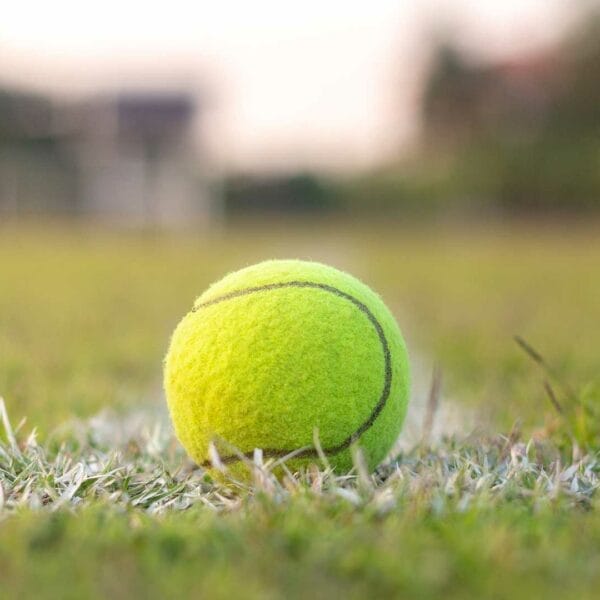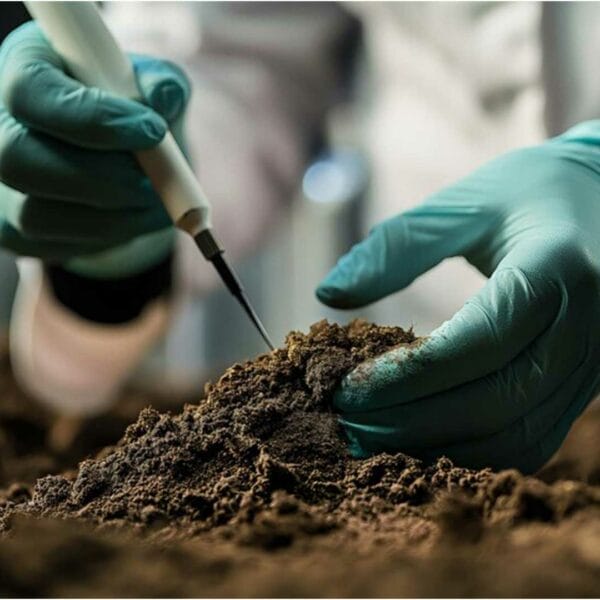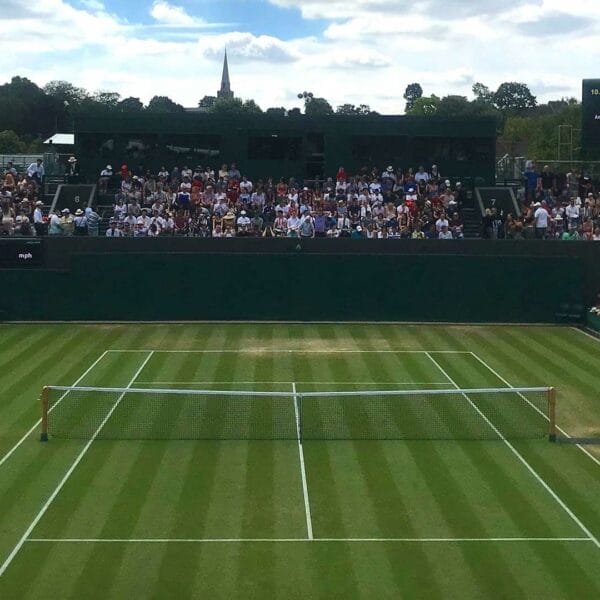Guardians of the Green
For tennis players and groundskeepers alike, a pristine grass court is the pinnacle of the sport. The vibrant green surface at clubs like ours, www.grasstennisclub.com, is a testament to meticulous care, but even the best-maintained courts can face a formidable and often unseen enemy: pests. From hungry grubs to burrowing insects, these creatures can quickly compromise the health, stability, and playability of the turf.
The abstract outlines the most effective approach to this challenge: Pests can be controlled through integrated pest management (IPM) techniques, which include monitoring pest populations, using natural predators, and applying targeted pesticides only when necessary. Maintaining healthy grass also makes it more resistant to pest infestations. This isn’t a strategy of brute force but of thoughtful, proactive management. It’s a commitment to a sustainable, long-term solution that protects both the court and the surrounding environment.
The Integrated Pest Management (IPM) Philosophy
Integrated Pest Management, or IPM, is a holistic and data-driven approach to pest control. It’s based on the principle that simply spraying pesticides is a temporary fix that can harm beneficial insects, create pesticide-resistant pests, and damage the overall ecosystem. Instead, IPM focuses on a combination of techniques to manage pest populations below a level that causes unacceptable damage.
The core tenets of IPM are:
- Prevention: This is the first and most crucial step. A healthy, dense, and well-maintained court is the best defense against pests. A strong turf can withstand a low level of pest activity without showing signs of significant damage.
- Monitoring: Regular scouting and monitoring of the court for signs of pest activity are essential. This includes looking for damaged grass, discolored patches, and the presence of adult insects or larvae. This proactive observation allows our grounds team to identify a problem early, before it can escalate.
- Identification: Correctly identifying the pest is critical. Different pests require different control methods. Misidentification can lead to the use of an ineffective or unnecessary treatment.
- Thresholds: IPM operates on the principle of damage thresholds. This means a pest isn’t treated just because it’s present. Instead, a treatment is only applied when the pest population reaches a level that is likely to cause significant, unacceptable damage to the court.
- Control: When a treatment is necessary, IPM prioritizes a tiered approach, starting with the least harmful methods first. This can include cultural practices, biological controls, and, as a last resort, targeted chemical applications.
This comprehensive approach ensures we are not just reacting to problems but are actively managing the health of our courts in a sustainable way.
The Most Common Court Pests and How to Spot Them
Identifying a pest problem early is key to successful IPM. Our groundskeepers at www.grasstennisclub.com are trained to look for specific signs of the most common grass court pests.
- Grubs: The larvae of beetles (like the Japanese beetle or masked chafer), grubs are a groundskeeper’s worst nightmare. They feed on grass roots, leading to large, irregular patches of dead, brown grass that can be easily peeled back like a loose carpet. They are most active in the spring and fall. A telltale sign of a grub infestation is the presence of raccoons, skunks, or birds digging up the turf to feed on them.
- Armyworms: These caterpillars can be devastating, moving across a court in large groups and eating grass blades down to the crown. Their damage often appears as thin, chewed-up areas.
- Billbugs: The larvae of these weevils feed on the grass stems and crowns, causing the grass to turn yellow and die. The damage often resembles that of drought stress, making them a tricky pest to identify.
- Sod Webworms: The larvae of a small moth, these pests live in silk-lined tunnels in the thatch layer and feed on grass blades at night. The damage appears as small, brown patches.
Regular monitoring for these pests, especially during their active seasons, is a core part of our IPM strategy.
The Control Toolbox: From Natural to Chemical
When pest populations exceed the damage threshold, IPM offers a range of control options, from the gentlest to the most targeted.
1. Cultural Controls: The Power of a Healthy Court
The first and best line of defense is a healthy lawn. As we’ve discussed in previous blogs, a healthy, dense turf is naturally more resistant to pest infestations.
- Mowing: Mowing at the right height and frequency (8-12mm, 2-3 times per week) encourages a thick, dense turf that leaves less room for pests to take hold.
- Fertilization: Proper nutrition provides the grass with the energy to grow strong, deep roots and recover from minor pest damage.
- Aeration and Top-Dressing: These practices improve soil health and drainage, creating an inhospitable environment for many soil-dwelling pests.
- Irrigation: Maintaining a consistent moisture level prevents the kind of drought stress that can weaken grass and make it susceptible to pests.
2. Biological Controls: Nature’s Own Pest Fighters
Biological control is the use of natural enemies—predators, parasites, or pathogens—to control pest populations. This is a highly sustainable and environmentally friendly approach.
- Beneficial Nematodes: These microscopic roundworms are a fantastic biological control for grubs. Applied to the soil, they seek out and kill grub larvae without harming the grass or other organisms.
- Fungal and Bacterial Controls: Products containing a naturally occurring bacterium called Bacillus thuringiensis (Bt) are highly effective against certain caterpillars and webworms, as the pests ingest the bacteria, which then paralyzes their digestive system.
For a great resource on the different types of biological pest controls and how to use them, this article from the University of Minnesota Extension is an excellent guide for grounds managers: Biological control of lawn and garden pests.
3. Chemical Controls: A Last Resort, Applied with Precision
When cultural and biological controls are not sufficient, targeted chemical applications are used. IPM’s philosophy is to use the least toxic and most specific pesticides possible.
- Spot Treatments: Instead of broadcasting a pesticide over the entire court, a groundskeeper may only treat the specific area where the pest problem is located. This minimizes the environmental impact and protects beneficial insects.
- Targeted Products: We use insecticides that are specifically formulated to target the identified pest, rather than broad-spectrum products that kill everything, good and bad.
- Timing: The timing of a pesticide application is crucial for its effectiveness. For example, a grub control product is most effective when applied when the larvae are young and actively feeding.
For an overview of the different types of turf insecticides and their proper use, this resource from the University of California’s Statewide IPM Program provides a detailed breakdown: UC IPM: Turfgrass Insect Pest Management.
The Payoff: A Healthy, Sustainable Court
The commitment to an IPM strategy is what allows us to maintain the pristine playing surfaces at www.grasstennisclub.com. It’s an ongoing process of monitoring, prevention, and, when necessary, targeted intervention. This approach ensures that our courts are not only free of pests but are also healthy and resilient for the long term.
A healthy court is a joy to play on. It provides a consistent ball bounce, sure footing, and the peace of mind that comes from knowing the surface is being cared for in a responsible and sustainable way. The battle against pests is a constant one, but with IPM, we have a clear, effective plan to protect our green heart, ensuring our courts remain a perfect stage for the game of tennis, season after season.


